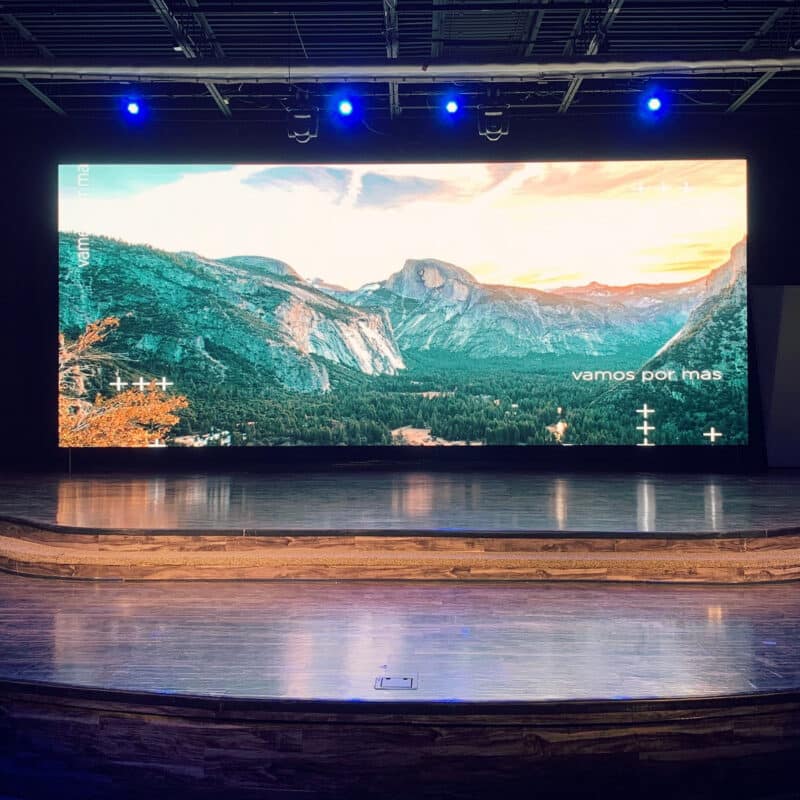When talking about image clarity, it is crucial to take into account picture spacing, which is the gap between the midpoint of one picture element to the center of the next pixel. A smaller pixel pitch yields a greater image clarity, enabling additional detail in the images displayed. For example, an LED wall with a pixel pitch of 1.5mm will provide a clearer image than one with a picture spacing of 3mm. This is especially crucial in environments where viewers are close to the screen, such as in a compact location or a exhibition event booth. In these situations, a higher image clarity can greatly improve the viewing experience.
Another aspect of resolution is its effect on hue precision and brightness. LED walls with higher image clarity often have superior hue reproduction, meaning that the colors displayed are increasingly lively and realistic. This is crucial for applications like advertising, where the objective is to capture interest and communicate a message effectively. Additionally, higher image see this here clarity screens can maintain luminosity levels even when seen from various angles. This is important in big locations where audiences may be seated at different ranges and positions from the screen.

The performance of LED walls is also influenced by resolution in terms of update frequencies and response times. A higher resolution display can handle quicker refresh rates, which is essential for dynamic content such as videos and animations. This indicates that the visuals on the display will appear smoother and more fluid, improving the total observing experience. In contrast, lower image clarity screens may have difficulty with fast-moving content, leading to fuzziness or delay. Therefore, for occasions that rely on high-energy visuals, choosing a display with a appropriate image clarity is vital.
In summary, resolution plays a vital role in determining the performance and visual quality of LED screens. Elements such as pixel pitch, hue accuracy, brightness, refresh frequencies, and reaction durations all affect how efficiently a screen can convey information and engage viewers. As technology continues to advance, understanding these factors will assist operators choose the appropriate LED wall for their specific needs, ensuring that they achieve the best possible results in their presentations and occasions.